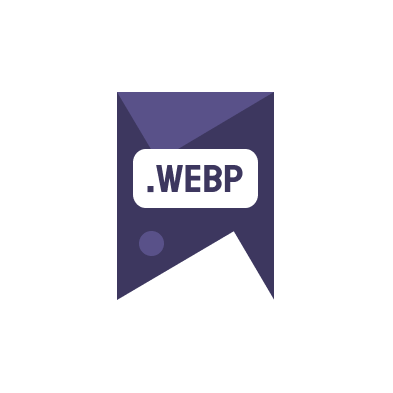In today’s digital age, having a fast-loading website is crucial for maintaining user engagement and securing high search engine rankings. A common issue that slows down page load times is the use of large, unoptimized background images. In this guide, we’ll explore best practices for background images optimization to ensure your site remains quick and responsive.
Understanding the Importance of Image Optimization
Optimizing background images is essential for several reasons. It not only helps in improving your website’s loading time but also affects your SEO positively. Larger files take longer to load, which can frustrate users and lead them to abandon your site, increasing your bounce rate.
Best Practices for Background Images Optimization
Here are some effective ways to optimize your background images:
- Choose the Right Format: JPEG for photographs and PNG for images with text or transparent parts.
- Compress Images: Use tools like Adobe Photoshop or online converters to reduce file size without losing quality.
- Use Responsive Images: Ensure that different devices load images of appropriate sizes.
- Implement Image CDN: Content Delivery Networks can significantly speed up image delivery.
Additionally, converting images to more efficient formats such as WEBP using Image to webp online free services is a great method to reduce filesize further without compromising on visual quality.
Tools and Resources for Optimizing Images
Several online tools can help you with background images optimization. Websites like PageSpeed Insights provide insights into how well your site loads and specific recommendations for improvement, including image optimization.
Case Studies and Real-World Examples
To better understand the impact of optimized background images, let’s look at a few case studies:
- Website A reduced its load time by 50% by compressing images and using adaptive sizing.
- Website B saw a 30% increase in traffic after implementing an image CDN.
These examples highlight the significant benefits of proper image optimization in real-world scenarios.
Conclusion
Optimizing your website’s background images is crucial for improving load times and enhancing user experience. By employing the techniques discussed, such as choosing the right formats, compressing images, and using advanced tools like Image to webp online free converters, you can ensure your site remains fast and efficient.

